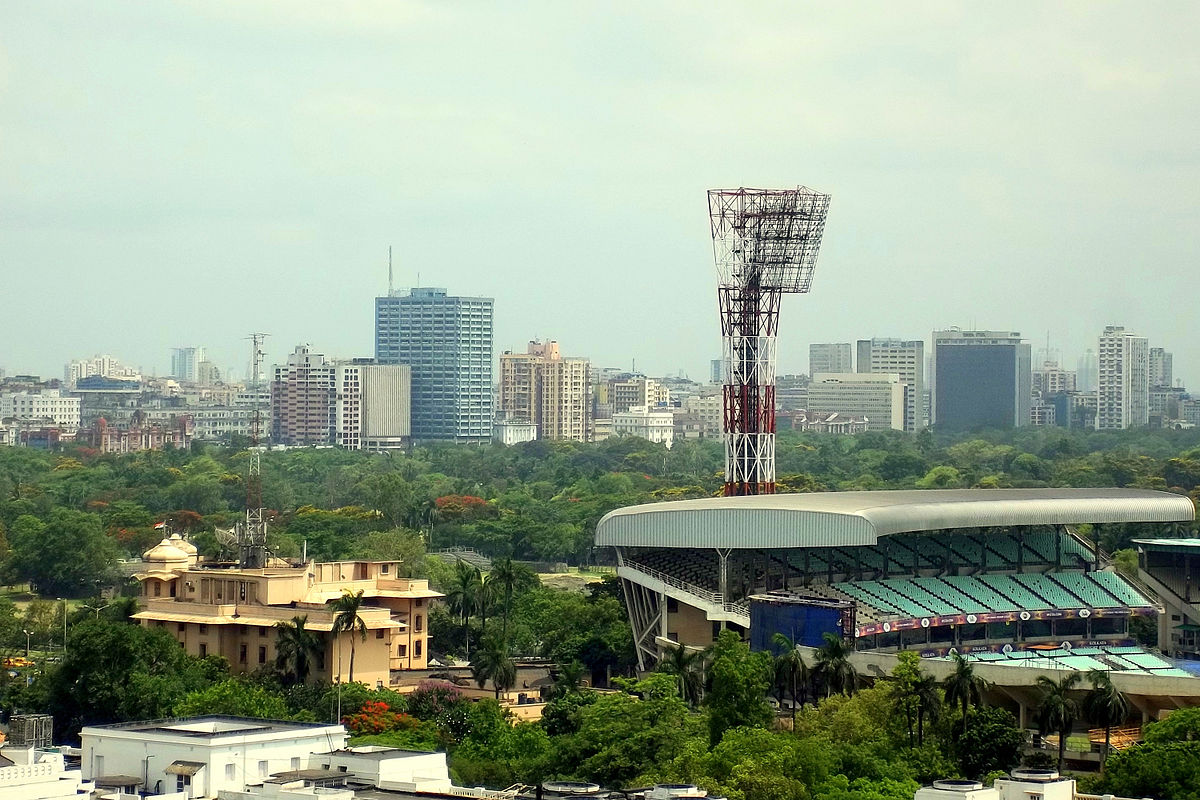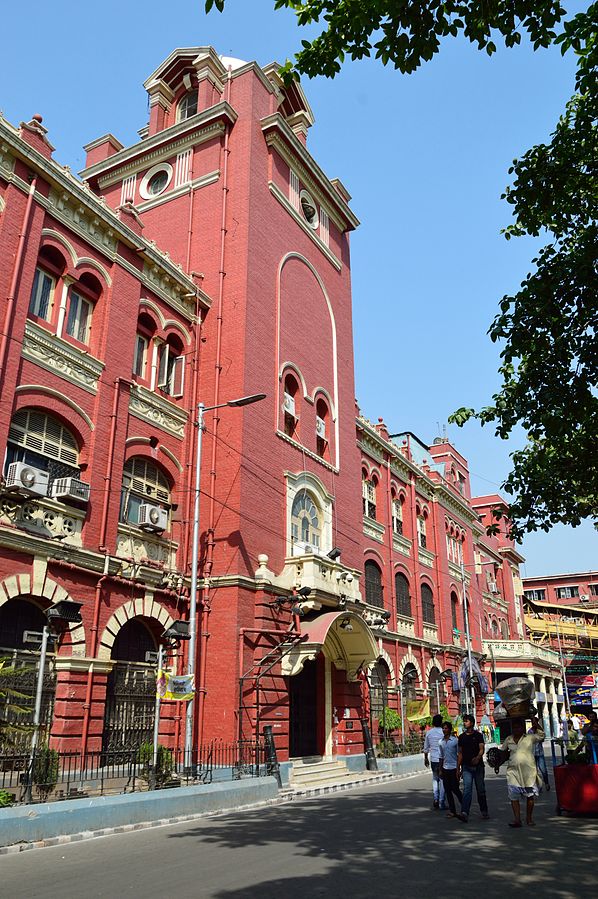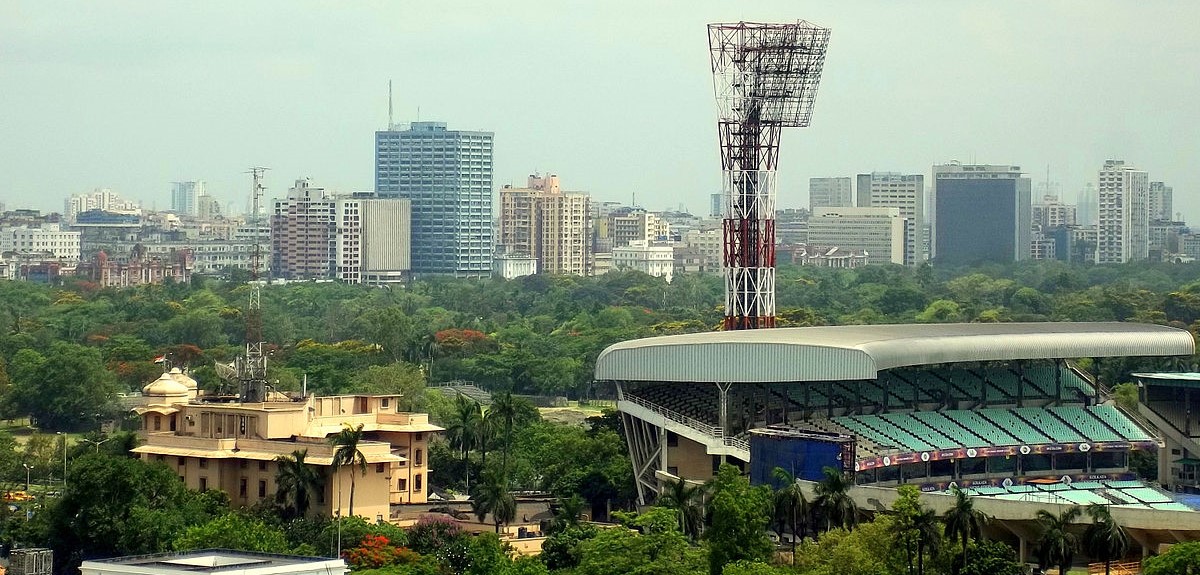In November 2002, on the initiative of the UK Government’s Department for International Development, the Infrastructure Professionals Enterprise (IPE), a consulting firm specialized in sustainable development strategies, was tasked with the development of the programme's initial phase. The IPE professionals became Inception Phase Consultants for the programme; their mission consisted of two main tasks:
- The need for a Capacity Building Program for the Kolkata Municipal Government had already been identified by the Asian Development Bank in its feasibility study. The IEP was now in charge of giving it strategic direction by identifying which departments of the local government should be part of the Program.
- The consulting firm was also commissioned to mediate and reach an agreement between the KMC and all relevant partners to design the CBP.
IPE defined the scope of the Programme by dividing it into "modules", which contribute to capacity building for the Municipality of Kolkata. The development of each module has been handed to other consulting firms after a competitive bidding process.
The modules are:
1. Organisational development
2. Computerisation
3. Public relations and communication
4. Geographic Information Systems: revenue mapping, municipal infrastructure mapping, resource/assets mapping, poverty mapping
5. Program management
- implementation
- change management and governance
- social inclusion
- urban planning
6. Resource mobilisation and improved financial management
The Capacity Building Cell has been formed within the KMC. It is the central implementation's entity and is headed by the Capacity Building Programme (CBP) Manager. Nodal officers have been designated to take responsibility for the modules. They are responsible for coordinating the work between the consultants and the KMC, adjusting consultants' propositions with KMC priorities and implementing the module.
The following chronology shows the strategy's development:
(source: https://www.kmcgov.in/KMCPortal/jsp/CBPHome.jsp):
October 2002: Inception phase launched
March 2003: Detailed action plan developed
June 2003: Capacity Building Cell set up at KMC
January-July 2004: Consultants selected for technical and implementation advisory
April 2005: Annual review of progress by the Department for International Development (United Kingdom)
July 2005: Review of progress by KMC-MIC
March 2006: Publication “Capacity Building Programme Volume I”
The Kolkata Municipal Corporation Act from 1980 foresees a three tier organisational structure for the Municipality. The Municipal Corporation is at the top of the organisational hierarchy, the borough committees correspond to an intermediate level and the Ward Committees are at the lowest level. The vision formulated by the Municipality for the new capacity building strategy intends to keep this organisational order: it allows to keep system stability and correspond to the 74th Amendment of the Constitution.
Organizational development strategies are implemented within this structure. The strategies refer to two main aspects which are:
- Institutional/organizational reform
- Human resource development strategy
One of those strategies is to combine delegation with decentralization. Decentralization implies that the local government takes full responsibility for the exercise of function. For central functions (such as tax collection), delegation will still be preferred over decentralization. Development and welfare functions (such as the delivery of birth certificates) are suitable for decentralization. One other strategy concerns the evolution of the control system. To that end, the Internal Audit system, as well as the Municipal Vigilance authority had to be reorganized. This mainly happened through the hiring of specialized firms on contractual basis. Capacity building has been also identified as a key aspect of the strategy. For that the internal training organ of KMC, namely the Institute of Urban Management was upgraded to achieve the objective through trainings, visits and reorientation exercises. Organizational development strategies also included the strengthening of pro-poor initiatives. Officiers had to be better trained and consultants should be hired to support them in the fields of urban planning, public-private partnerships exercises and land management. It was also recommended to put an Information, Education and Communication (IEC) strategy in place to reach out to larger parts of the population and achieve participatory forms of governance.





